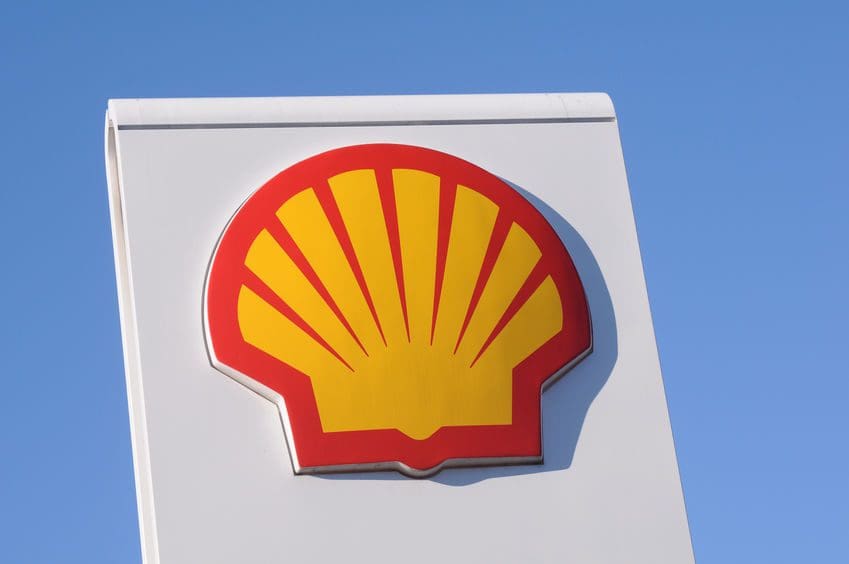Following the release of Shell’s Q2 2020 earnings call; Effuah Alleyne, Senior Oil & Gas Analyst at GlobalData, a leading data and analytics company, offers her view:
“In order to strengthen its balance sheets, Shell has implemented the common strategy of aggressively reduced capital and operating expenses, and enhanced its footing in the digital technology arena to counteract process shortfalls. Its long-term focus lies in investing in cleaner energy solutions using a leaner restructured business model.
“In a joint venture with Eneco called CrossWind, Shell was awarded a contract on July 29 for an offshore subsidy-free wind farm in the Netherlands, which will provide a low carbon power alternative to conventional oil and gas. The company also plans to reduce its refining capacity from 15 refineries to less than 10 by 2025 and will invest approximately 18 percent of its US$20bn budget for 2020 and 2021 to integrated gas through its LNG portfolio.
“While Shell is moving into the future with a restructured, consolidated portfolio, its scenario for success is based on an aggressive, rebounded market. The company’s price outlook is valuated against a US$40/bbl Brent outlook in 2021, increasing US$10/bbl per year till 2023. In an environment of uncertainty, contending with demand slumps as a result of the COVID-19 pandemic, storage overflows and OPEC+ considering loosening production curtailments, Shell’s outlook is optimistic. Oil prices also directly affects the value of LNG contracts, which is part of Shell’s core business. Additionally, Shell’s capital allocation to power and generating low carbon energy is only 5 percent of its US$20bn budget, which does not leave much room for research and digital innovation.”





